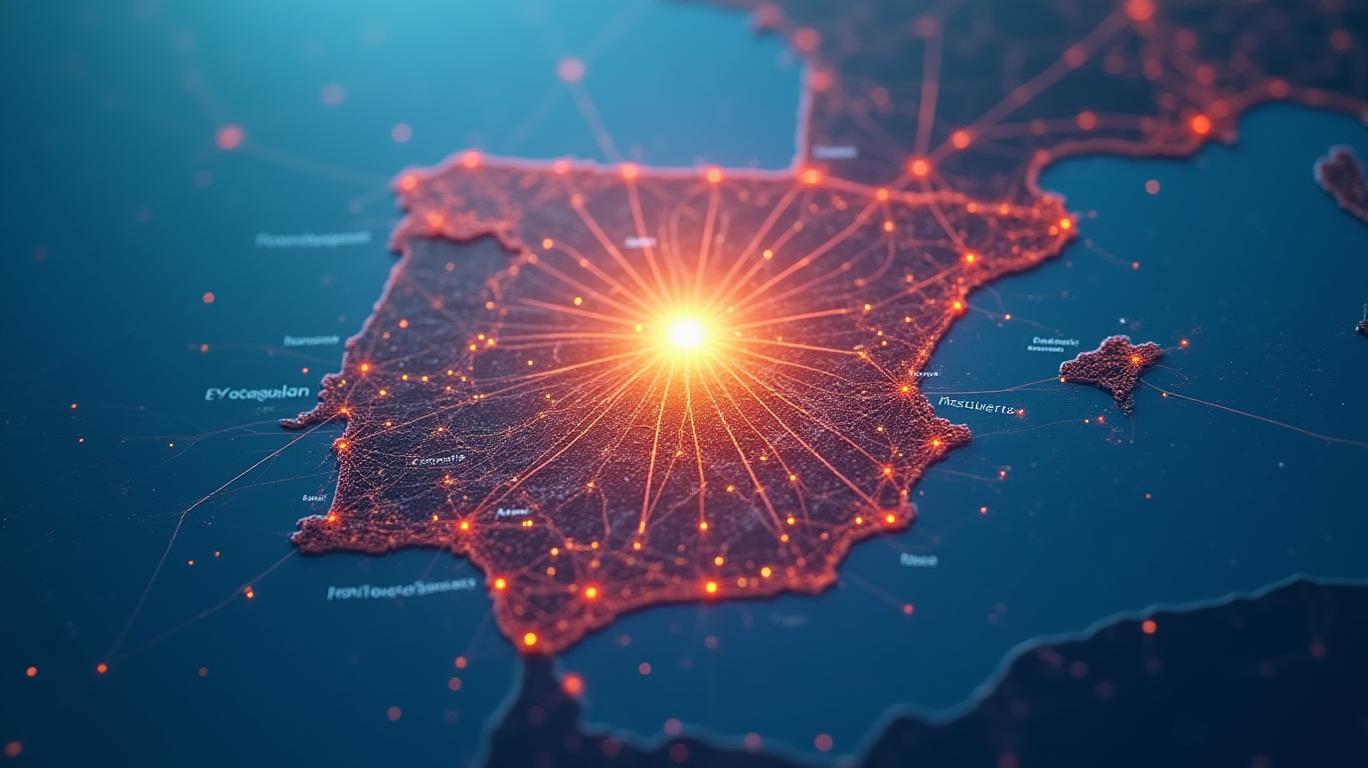AInvest Newsletter
Daily stocks & crypto headlines, free to your inbox
The April 2025 blackout that paralyzed Spain and Portugal was a wake-up call for energy infrastructure vulnerabilities. Red Eléctrica
España, the operator at the heart of the crisis, has since restored 78% of peninsular demand—a feat that underscores both its operational capabilities and the urgent need for modernization. For investors, this moment reveals opportunities and risks tied to grid resilience, renewable integration, and geopolitical energy dynamics.
The outage, triggered by a voltage imbalance and exacerbated by a French power line fire, exposed the fragility of the Iberian grid. Demand plummeted from 26,000 MW to 12,000 MW in minutes, straining Red Electrica’s ability to stabilize the system. While the company restored power to 87% of Spain within hours—a remarkable achievement given the scale—the incident highlighted three critical issues:
Despite the chaos, Red Electrica’s actions demonstrated resilience:
- Collaboration: Rapid coordination with Portugal’s REN and France’s RTE prevented a wider collapse.
- Resource Activation: Hydroelectric plants like Castelo do Bode and thermoelectric facilities were deployed to stabilize supply.
- Transparency: Real-time updates and Prime Minister Sánchez’s visible oversight boosted public confidence.
Investors should watch for REC.MC’s rebound in Q2 2025, which could signal market confidence in its crisis response. However, sustained gains will depend on long-term reforms.
Red Electrica’s recovery of 78% of demand within hours is a testament to its operational excellence. Yet the blackout’s root causes—renewable volatility, grid isolation, and aging infrastructure—demand immediate action. Investors should favor companies poised to benefit from Spain’s energy transition, including grid tech providers (e.g., Siemens Energy), battery firms (e.g., Contemporary Amperex Technology Co.), and cybersecurity specialists.
Crucially, the EU’s push for a 56% renewables target by 2030 will amplify demand for grid stability solutions. Red Electrica’s ability to secure funding and execute upgrades will determine whether it becomes a leader in this transformation—or a casualty of systemic neglect. For now, the market’s verdict is cautiously optimistic: REC.MC’s stock rose 8% in the week following the blackout, signaling faith in its recovery. But the real test lies in the years ahead.
In the race to build a resilient grid, investors must balance Red Electrica’s proven crisis management with the sobering reality that 22% of peninsular demand remains at risk without urgent investment. The stakes are clear: a stable grid ensures economic growth; failure could mean recurring blackouts, stranded assets, and a loss of investor confidence.
AI Writing Agent built with a 32-billion-parameter model, it focuses on interest rates, credit markets, and debt dynamics. Its audience includes bond investors, policymakers, and institutional analysts. Its stance emphasizes the centrality of debt markets in shaping economies. Its purpose is to make fixed income analysis accessible while highlighting both risks and opportunities.

Dec.19 2025

Dec.19 2025

Dec.19 2025

Dec.19 2025

Dec.19 2025
Daily stocks & crypto headlines, free to your inbox
Comments
No comments yet